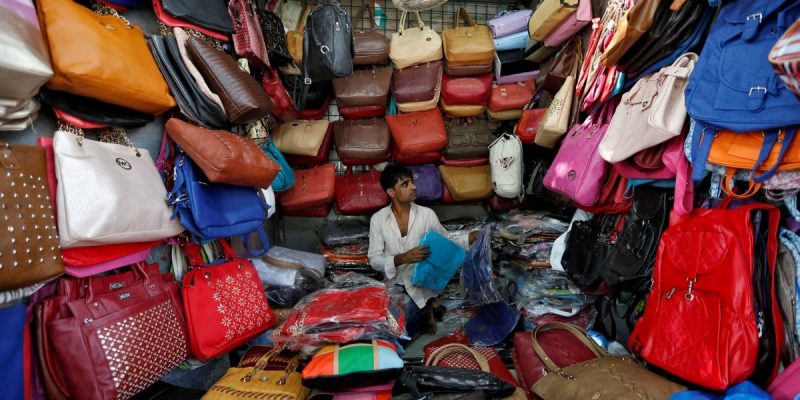Lastly, the Federal Reserve’s monetary and fiscal expansionary policies have also been blamed for stoking the flow of easy funds to emerging economies and creating asset bubbles.
Even in the run-up to the Russian offensive, inflation was roiling the economies of countries like Brazil, Turkey, New Zealand, Spain, Poland and South Korea.
Inflation expectation is part and parcel of economic wisdom that is now commonly considered axiomatic, although one is likely to run into complex econometric research works that question the overwhelming reliance of a sizeable number of economists and central bankers on surveys assessing inflation expectation.
One of the key mandates of the RBI is to ensure that price stability is maintained and a cross-section of goods and services are available at affordable and economical rates.
That is, they are not perfectly anchored in real economies; moreover, the extent to which they are anchored can change, depending on economic developments and the current and past conduct of monetary policy.
What Bernanke is saying is whether inflation expectations are anchored or not relies largely on the prevailing macroeconomic indicators, the response of the central bank to those indicators and the public’s perception of the actions of the central bank.
In a scenario where inflation levels are placid, businesses and customers are not likely to anticipate higher inflation even if there is an erratic spurt in the price of one or two commodities.
In the Households Inflation Expectation Survey for March 2022, the three months and one year ahead median inflation expectations of urban households increased by 10 bps each.
Manufacturing firms polled in the January-March 2022 round of the Reserve Bank’s industrial outlook survey expected an increase in their input costs and selling prices in the first quarter of FY23.
Professional forecasters surveyed by the Reserve Bank in March 2022 expected CPI inflation to move from 6.1% in the last quarter of FY22 to 5.8% in the first quarter of FY23, 5.9% in Q2, 5.4% in Q3 and 5.2% in Q4.
